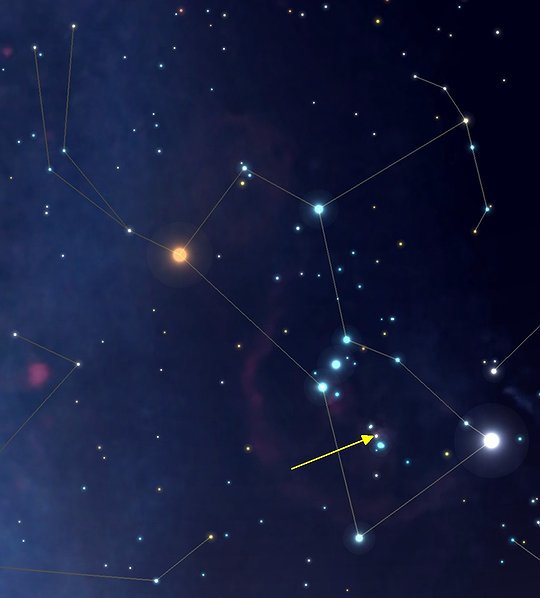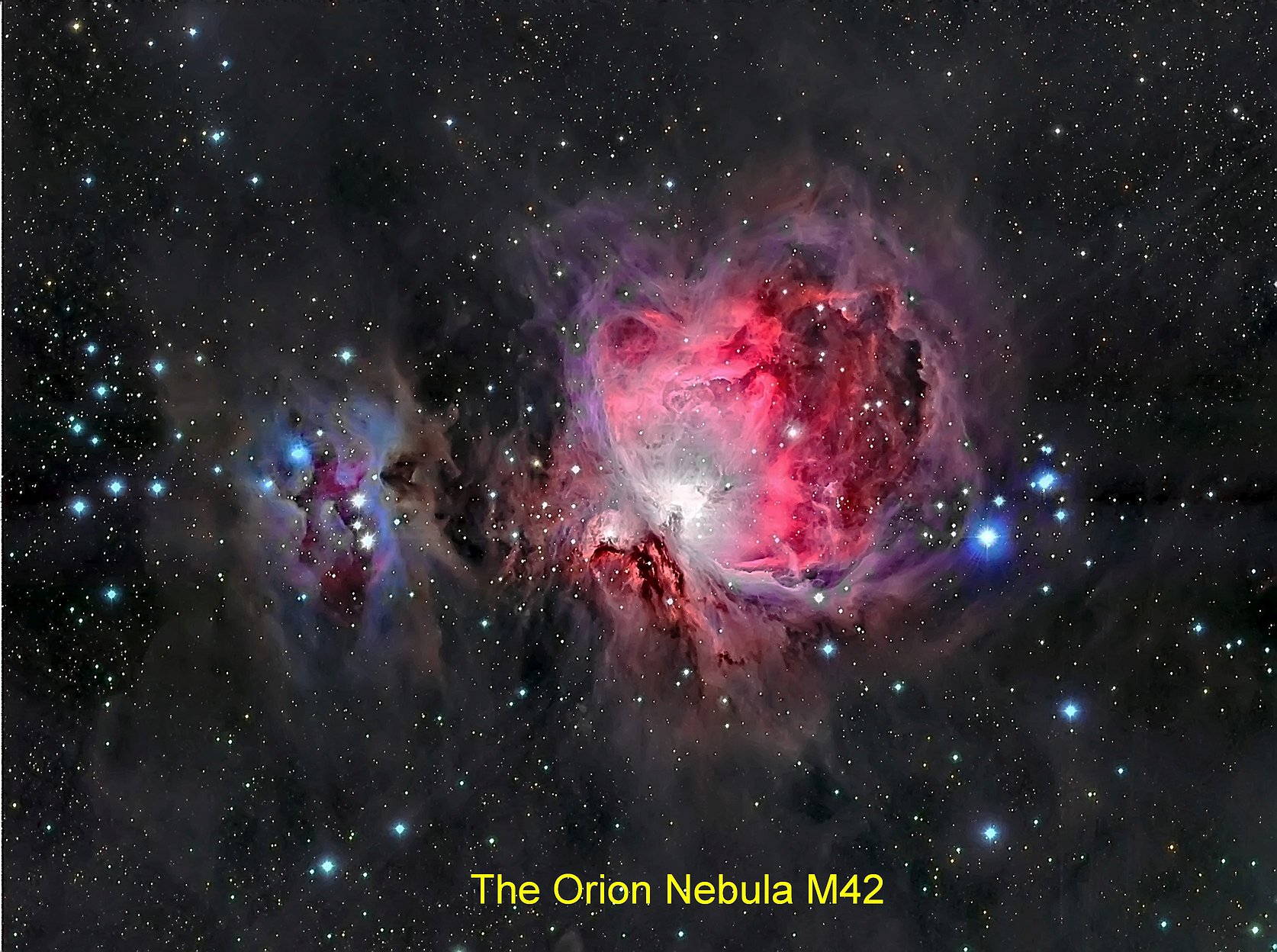Best Night Sky Events for December 2023
While December is a month of extremes — it's both cold and dark, it’s also one of the best months of the year for amateur astronomers and stargazers. December 2023 is also a busy month in the night sky — there’s the standard (and impressive) assortment of meteor showers that delight. There’s also Mercury showing its mercurial nature, Venus up all month long in the predawn sky, and we have the December Solstice, which marks the changing season. In short, there’s no shortage of reasons to bundle up and head out under the cold, and few clear night skies this month.
Dec. 3 — The International Space Station (ISS) Passes Nearly Overhead
The very bright ISS passes nearly overhead starting at 4:59 p.m. low in the Western sky and is visible until 5:06 p.m. when it disappears low in the Eastern sky.
Dec. 4 — Third Quarter Moon
At its third (or last) quarter phase at 9:49 p.m. (local), the moon appears half-illuminated, on its western, sunward side. It rises around midnight local time and then remains visible until it sets in the western daytime sky in the early afternoon. The dark, moonless evening skies that follow this phase are best for observing deep sky objects like the Andromeda galaxy, the brightest one in the sky, which, at 7:30 p.m. (local) is directly overhead.
Dec. 8 — Mercury at its Evening Peak
Since Mercury is so close to the sun, we can only observe it when it reaches its “highest” point in the sky because it’s visually furthest away from the sun at this time. This occurs regularly as part of Mercury’s 88-day orbit. On Dec. 8, you’ll be able to see Mercury at 7° above the southwestern horizon (just above the horizon) just after sunset. Start looking for it around 4:10 p.m. (local). This is a great opportunity to head out and try to spot the smallest, yet still quite bright, planet.
Dec. 9 — Venus and Moon Conjunction
The slender waning crescent moon and Venus, our two brightest nighttime celestial objects, will be just 4° apart this morning in the predawn sky. Look for Venus all month long in the predawn sky.
Dec. 12 — The New Moon
The Moon is now located on the same side of the Earth as the Sun and so it will not be visible in the night sky. This is the best time of the month to observe faint objects such as galaxies (Andromeda), nebulae (Orion), and star clusters because there is no moonlight to interfere.
Dec. 13 — The Orion Nebula
This is the perfect time to pull out those binoculars or your telescope to observe the Orion Nebula. The nebula is, to the naked eye, the middle star in the “Sword” of Orion.
Dec. 14 — Peak of the Geminid Meteor Shower
Dec. 13-15 are the nights for it! On the night of the 14th, the Geminid meteor shower will peak with up to 120 meteors per hour — but we most likely won’t see that many. This shower is produced by debris left behind by an asteroid known as 3200 Phaethon, which was discovered in 1982. The meteors seem to emanate from the constellation of Gemini. Use the bright stars of Castor and Pollux to spot this constellation in the Northern sky. Meteor visibility will be aided by a very new moon which will not get in the way. This meteor storm is expected to peak around sunset on the 14th, so you can potentially see meteors on the night of Dec. 13 and the night of the 14th.
Dec. 19 — The First Quarter Moon
When the moon completes the first quarter of its journey around Earth at 10:39 a.m. (local). Its 90-degree angle away from the sun will cause us to see the moon half-illuminated — on its eastern side.
At first quarter, the moon always rises around midday and sets around midnight, so it is also visible in the afternoon daytime sky. The evenings surrounding the first quarter are the best ones for seeing the lunar terrain when it is dramatically lit by low-angle sunlight, especially along the terminator, the pole-to-pole boundary that separates the light from the dark hemispheres.
Dec. 21 — Winter Solstice
For us Northern Hemisphere residents, Dec. 21 marks the winter solstice. For those of us who love the night sky, this day is not only the shortest day of the year, it is the longest night of the year! A full 15 hours and 36 minutes with the dark hours being 11 hours and 50 minutes. Too bad it’s so darn cold outside. Bundle up!
Dec. 21 and 22 — Moon and Jupiter Conjunction
The waxing gibbous moon shines 5° to the right of Jupiter on Dec. 21 at 8:00 p.m. (local) and 7° to the planet’s left just after sunset on Dec. 22. This is a perfect opportunity to note how much our Moon moves through the sky in its orbit around Earth in under 24 hours.
Dec. 26 — The Full Moon.
The Moon is now located on the opposite side of the Earth as the Sun and its face will be fully illuminated. This phase occurs at 4:33 p.m. (local). This full moon was known by early Native American tribes as the Cold Moon — for obvious reasons. This moon has also been known as the Long Nights Moon and the Moon Before Yule (although not this one).
John Taylor is an amateur astronomer who lives in Hayden.








